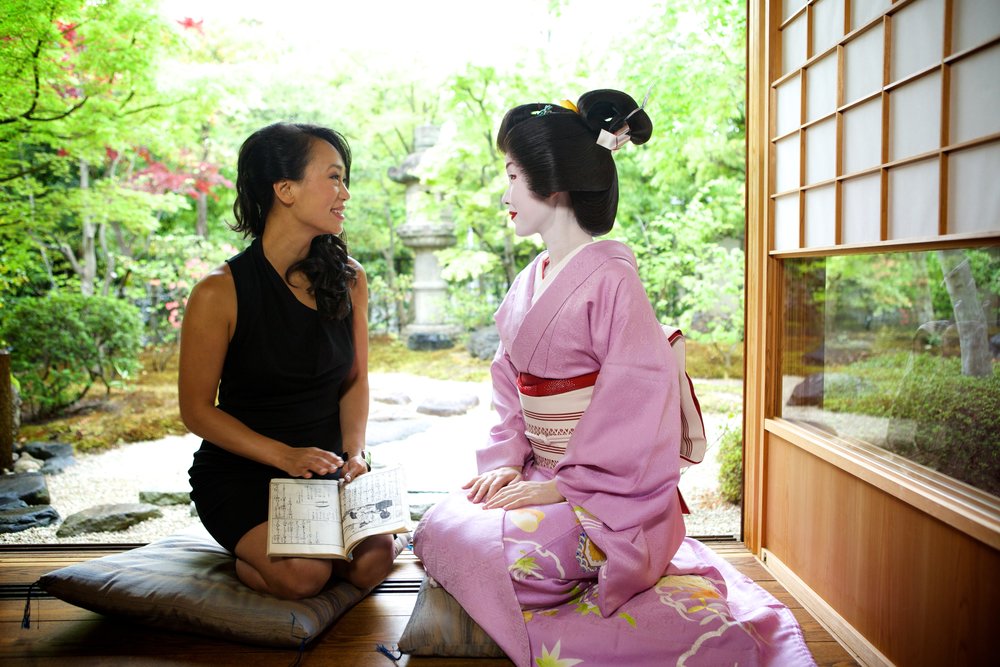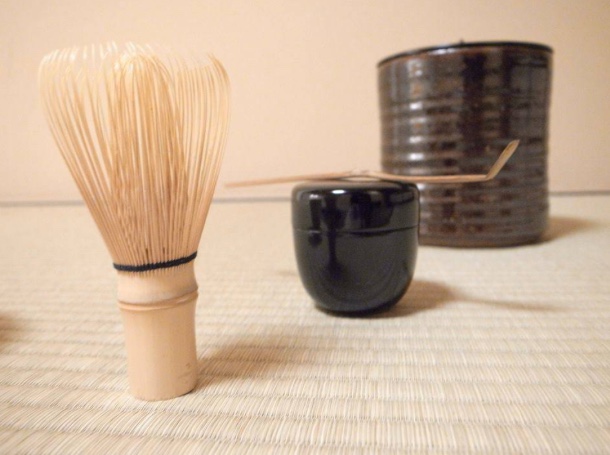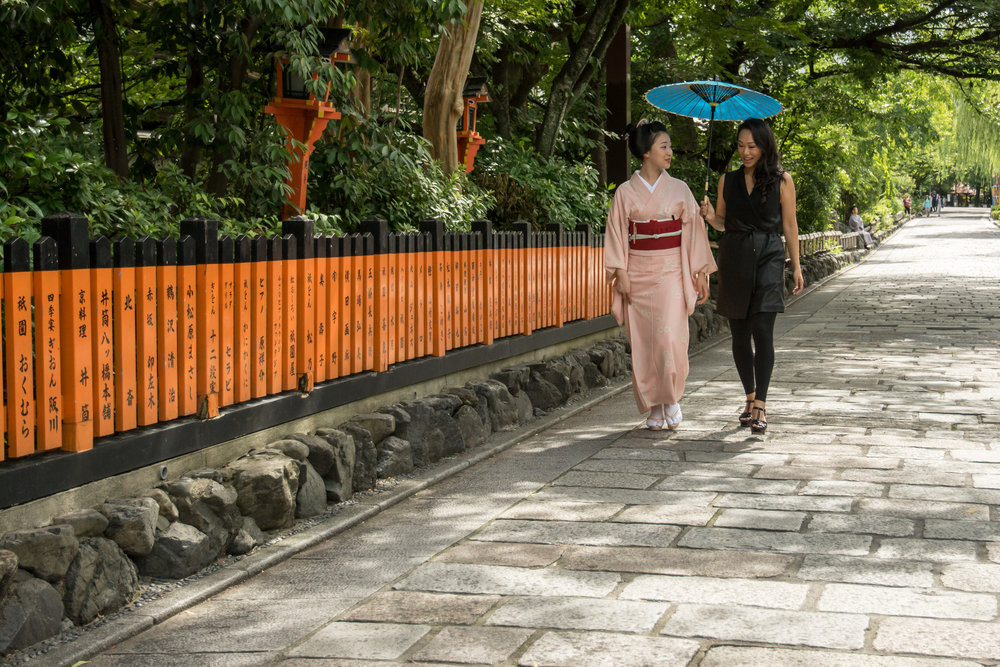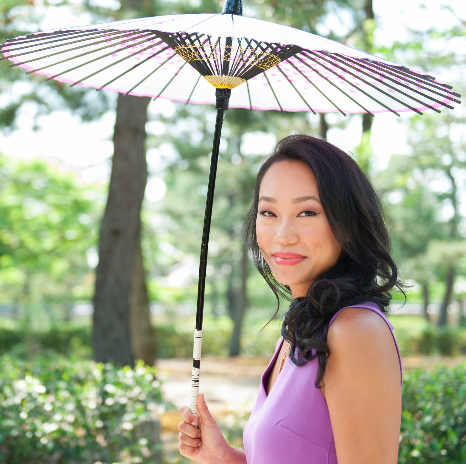Who is the person behind this wonderful brand?!
Vicky Tsai launched Tatcha in 2009. The Tatcha products were available in stores the same day her daughter was born. She is an incredibly smart and talented entrepreneur, and has developed a beautiful line of products that I thoroughly enjoy using. I’m excited to share her story below.
You have an incredible and admirable background. Can you walk us through your career path?
Thank you so much for your kind words! After graduating from Wellesley, I moved to New York to work on Wall Street on the trading floor. The job didn’t feel like the right fit for me, but I thought if I put my head down and worked hard, I would eventually have time to figure out what I wanted. Being so close to Ground Zero for 9/11 was a wake-up call. I realized that if I wanted to be happy, I needed to choose happiness today. Three years later, I began an MBA at Harvard Business School hoping to pursue an early love for the beauty industry. I interned for a global skincare brand and tested dozens of products on myself. Testing these products caused me to develop acute dermatitis which required daily topical and oral steroids and antibiotics to control.
After graduating from Harvard Business School, I worked as a brand manager at Starbucks, continuing to struggle with my skin. I launched the consumer products business in China, leading me to travel back and forth to Japan. On one of those journeys, I was fortunate enough to meet a geisha and learn her skincare rituals—and Tatcha was born.

How did your experience at HBS contribute to founding your company?
Harvard Business School has a focus on impact-driven leadership. This was part of why I wanted Tatcha to be a brand that gives back. HBS taught me that leadership comes with a responsibility to make a difference in the world.
How did you start your company?
I had never dreamed of being an entrepreneur. I was traveling in search of simplicity & authenticity, and encountered a geisha by chance in Kyoto. I didn’t realize it at the time, but that meeting would change my path. As the idea for Tatcha began to blossom, I called upon people I knew from my past for guidance and help. We began creating an amazing Tatcha family, who brought the company to life. My daughter, Alea, was born the same day Tatcha was available in stores, so I often call them siblings. Labor was nineteen hours, so there was plenty of time to get work done! It has been incredible to watch them both grow together.
What was your experience in the corporate world, and how have you defined the Tatcha culture from those experiences?
My time at Starbucks had the biggest impact on Tatcha, because it is a values-driven company. Starbucks always makes decisions based on a set of core values. Our team at Tatcha developed our value system, and it continues to define our culture and how we grow.
Shojin: dedication to excellence, striving every day to do something better
Seiren: integrity and humility, drawn from Buddhist and samurai Bushido principles of beauty and enlightenment in simplicity.
Yuki: having the courage to challenge convention and push boundaries in order to benefit others.
Kizuna: human connection.
Makoto: authenticity; a deep sense of being genuine and true.
How did you choose the name, packaging & formulations?
The name Tatcha is derived from tatchibana, which is an ancient Japanese art of flower arranging using only a single bloom. It translates to “the beauty of a single standing flower”—a reference both to our simple, pure formulas and the beauty of the people who use them. Our packaging is inspired by elements of Japanese culture. The jars are the same shape as the jars traditionally used to hold the matcha, or green tea for the geisha’s tea ceremony. The pearly white is inspired by the geisha’s iconic makeup.
In working with the geisha, we discovered a book written in 1813 that captured these timeless beauty rituals. It included ingredients that have since been proven by modern science—rice, green tea, red algae, peony, pearl and others. We go back to this book for each and every new formula. In Japan, the color purple is revered as a symbol of prestige and luxury. It decorates homes, temples and exquisite gifts. We use this color to represent that each and every one of our clients is deserving of the best.
In Japan, many families have a crest, called a mon, to represent their lineage and decorate everything from formal kimono to vanity sets to banners outside of the home. A fan, for example, represents a family of dancers; a chrysanthemum symbolizes loyalty. We developed our mon with co-founder Stanley Hainsworth to represent the petals if a single standing flower, just like our name.

What steps did you take to learn how to run a company?
Working at world-class companies for a decade before starting my own was instrumental for me. I try to find mentors and peers to learn from. I’m still learning every day because the company changes every day and every year.
How have you applied the skills learned from your career to your company?
Each decision and initiative is informed by our values. I also worked at a company called GoodGuide, which rates products according to various standards—health, sustainability, ethical sourcing, etc. My time there taught me the importance of quality formulations, and dedication to craft.
What does a workweek look like for you?
I don’t really have a typical work-week, but I do have a general rhythm. Every few months, I spend time with geisha in Kyoto, then travel to Tokyo and share their learnings with our scientists. Then, it is back to San Francisco to bring our newest discoveries to life and spend time with our clients. About once a year, I try to visit one of the Room to Read schools. There are many wonderful parts of my work, but my favorite is speaking with our clients and helping them to feel more beautiful every day.
How do you balance running a business & being a mom?
My daughter and I have many rituals together to make the most of our time. When I am in town, we have “coffee” in bed in the morning (hers is hot chocolate), and designated “Mommy/Alea” time in the evenings. I always try to be fully present during my time with her. When I travel, she tucks one of her favorite toys in my suitcase to keep me company.
What goes into designing a new product? How long is the concept-to-store process?
Each formula that we make is evolving something that is time-tested and true. In that sense, the time from concept to store is centuries. In terms of formulation, we don’t have a standard timetable. We are not in a trend-driven space, so we spend time perfecting each and every formula, ensuring it is deserving of the clients who use it. Our sunscreen took over one hundred tries and four years; we have a new piece launching in January that has been eight years in the making.

Where did you grow up?
I grew up in New Jersey and Houston, before moving to Boston for college.
How did you end up in San Francisco, and what does the city add to your company?
I moved to the Bay Area to work for a company called GoodGuide, which gives ratings to products based on health, environmental impact and other sustainability standards. I don’t think I could have started Tatcha in any other city. It feels like anything is possible here—when I told people I had an idea for a company, they were always full of enthusiasm and advice.
We get to draw wisdom from mentors and talent from the incredible pool that has gathered. Another benefit of being in and around Silicon Valley is that it encourages us to always think about how we can use technology to be closer to our clients. Our fundamental belief is that if you love your customers more than anyone else, they will feel that; we feel that technology is a gift that helps us to connect with our clients.
What is your favorite tea?
Green tea. It’s in every one of our formulas because it is such a potent antioxidant.
Tell me about your experience on 9/11. How has it shaped your perspective on life?
It was a very real wake-up call and a reminder that life is a gift. When I was in Japan, the entire culture is about how time is precious and everything is fleeting. When you understand that, you approach your work and your life and your loved ones differently—you bring more intention to it. That’s why Tatcha is, first and foremost, a values-driven company.
How did your partnership with Room to Read come about?
Our partnership with Room to Read is based on the belief that beauty begins in the heart and the mind. We knew we wanted giving to be built into the DNA of the company, so we created a 1:1 model, where each full-size skincare purchase funds a day of school for a girl through their incredible Girls’ Education program. We always wanted this to be core to our brand, but we never dreamed that within three years of our partnership we would have funded one million days of school, and are looking forward to the next million! It’s truly the clients who are doing the good, and we are just the facilitators. Every time they purchase something for themselves or give the gift of beauty, they are really offering an education and a better future for someone else.
What advice would you give an aspiring entrepreneur?
Clients are very sophisticated these days, and because of social media and technology, they can tell when something is real and true, and when something is fabricated. Develop your core values and make sure that, whatever you do, you are always being authentic to your clients.
Shoppable links below to some of my favorite Tatcha products:
Delia Folk
BY


you said: